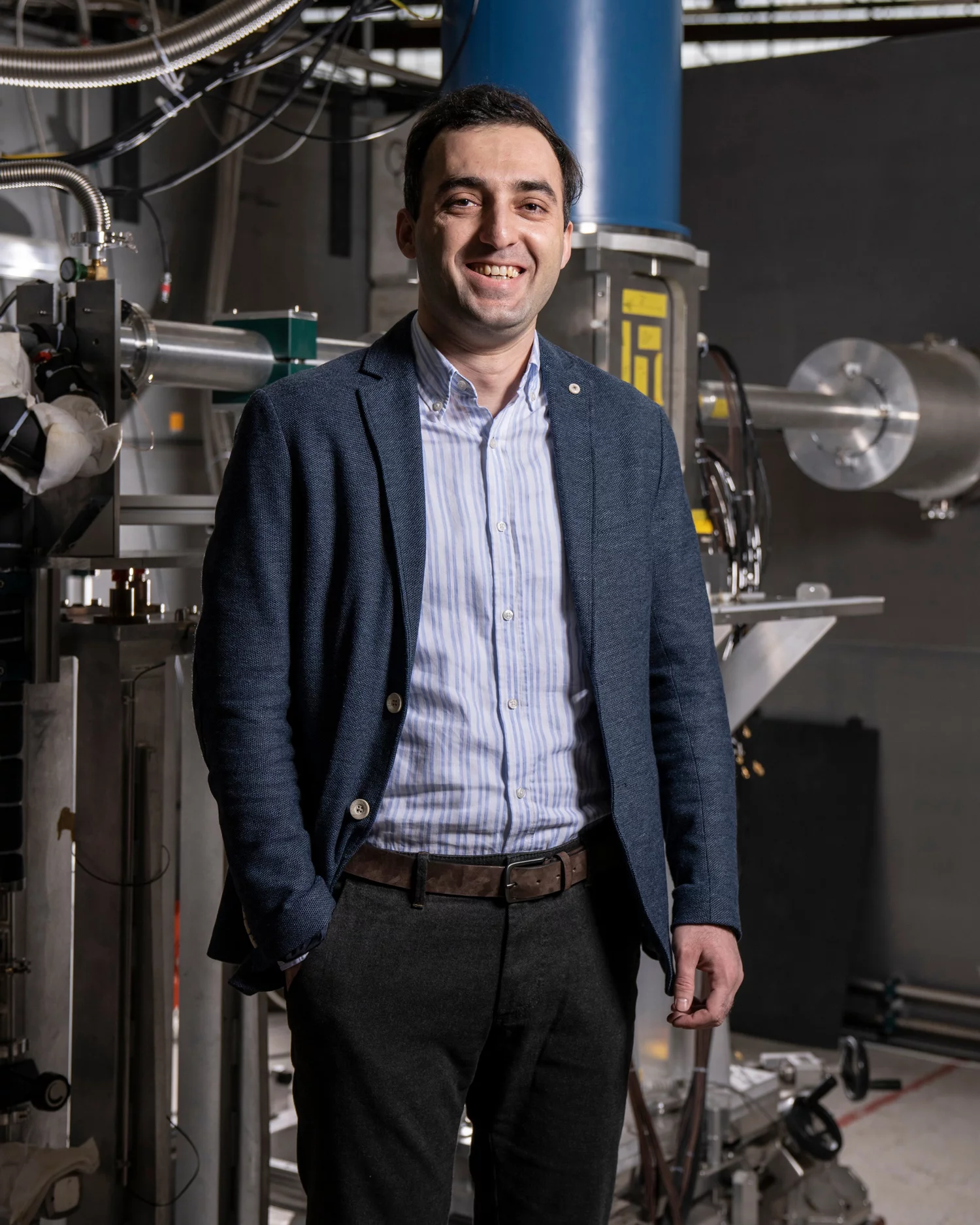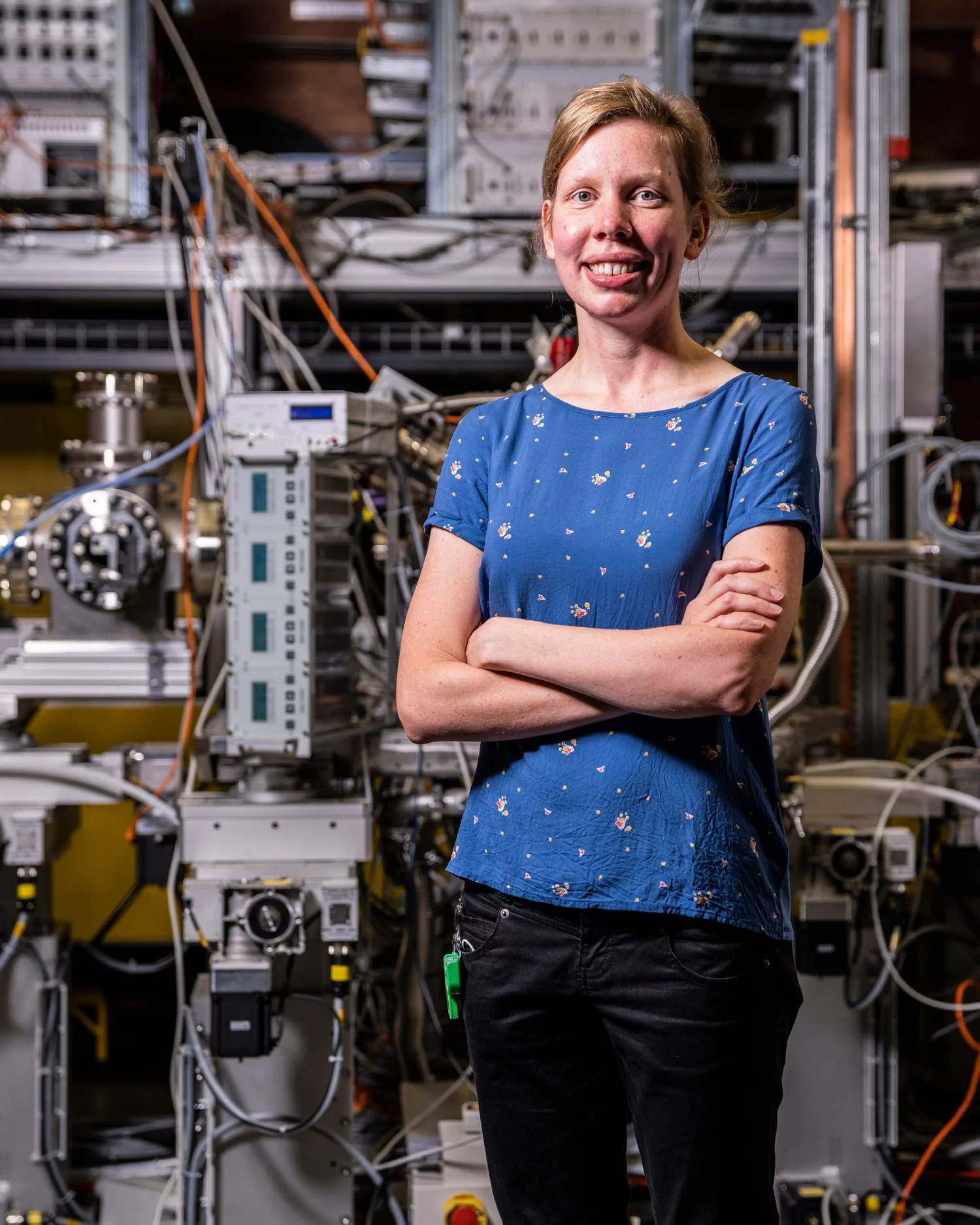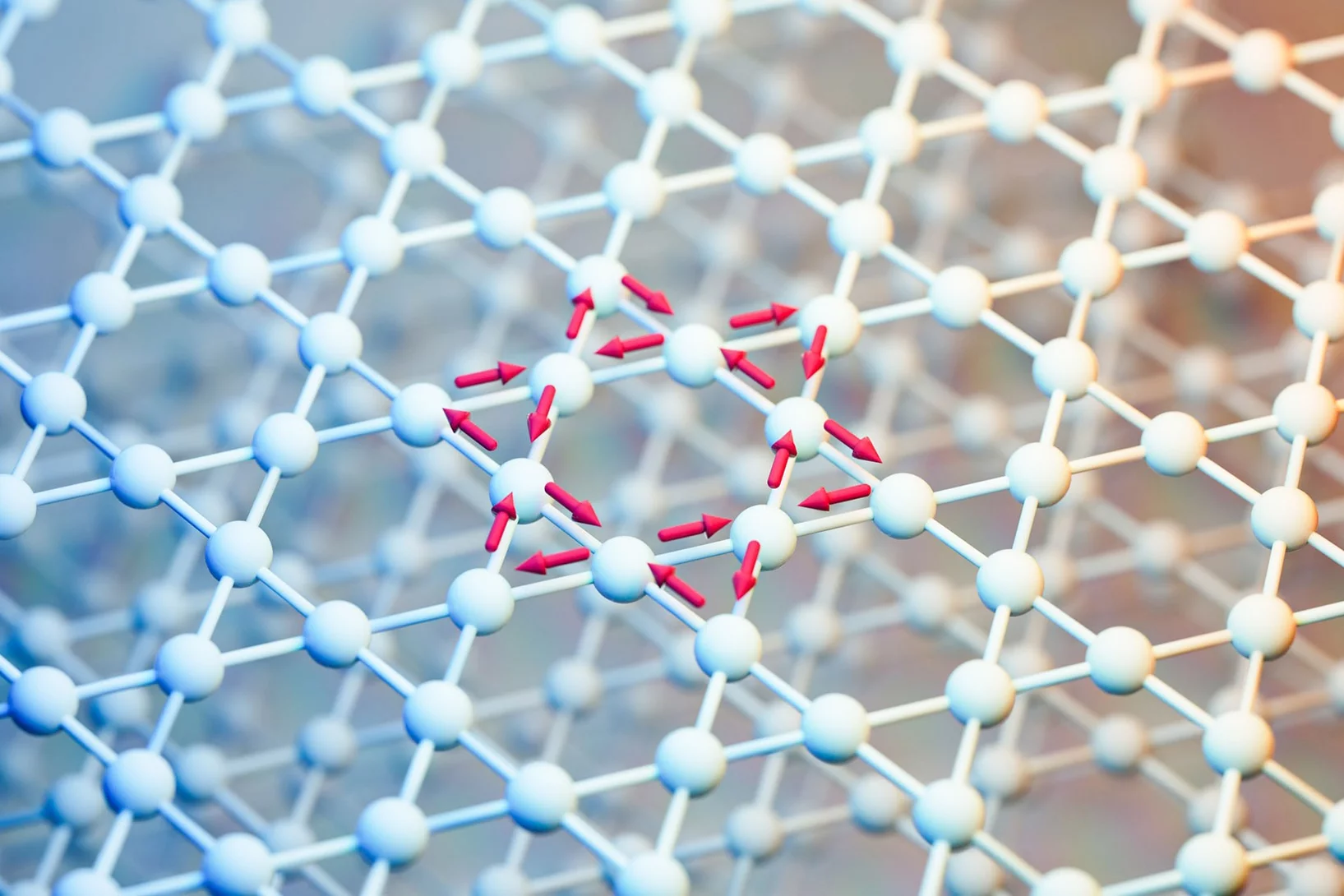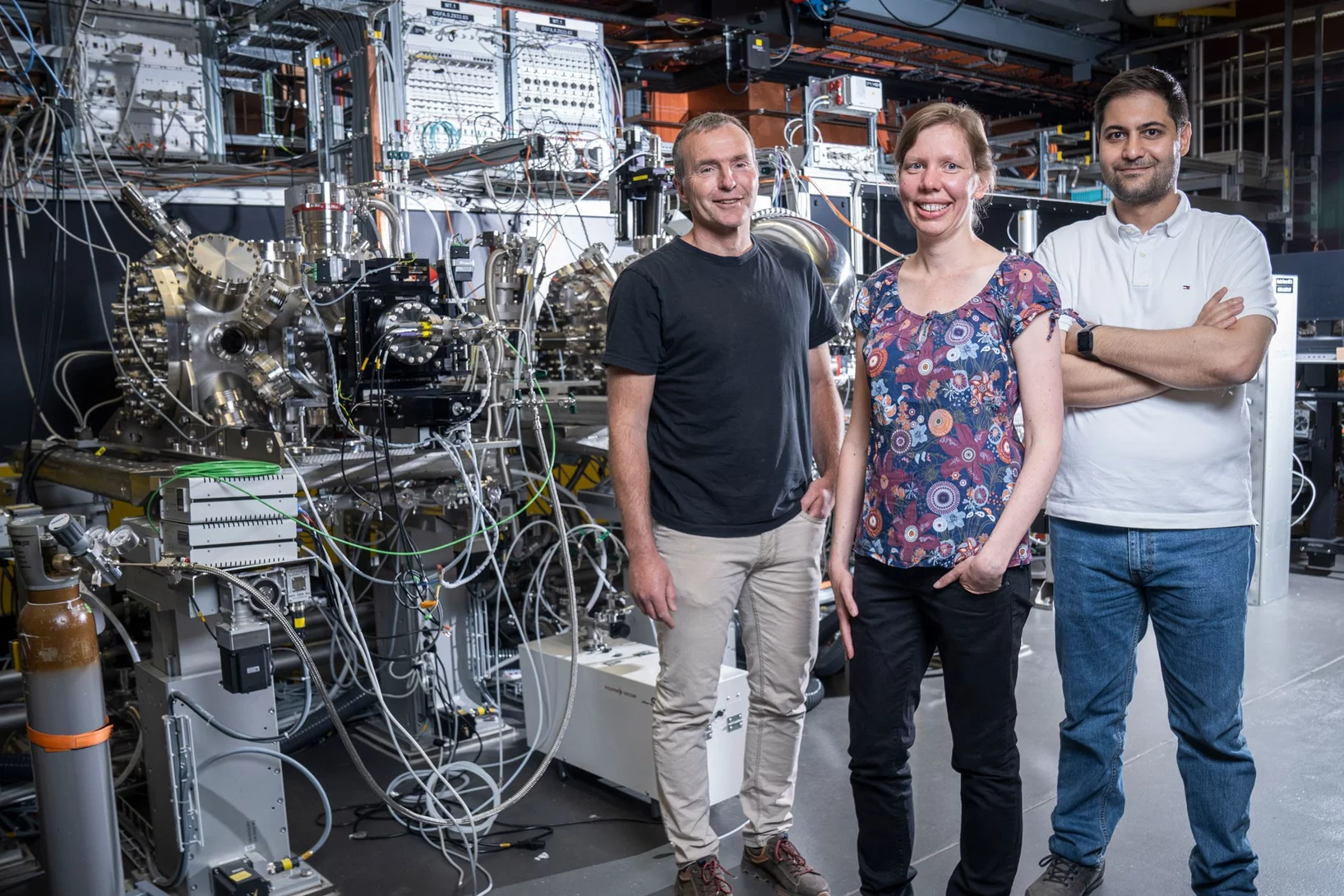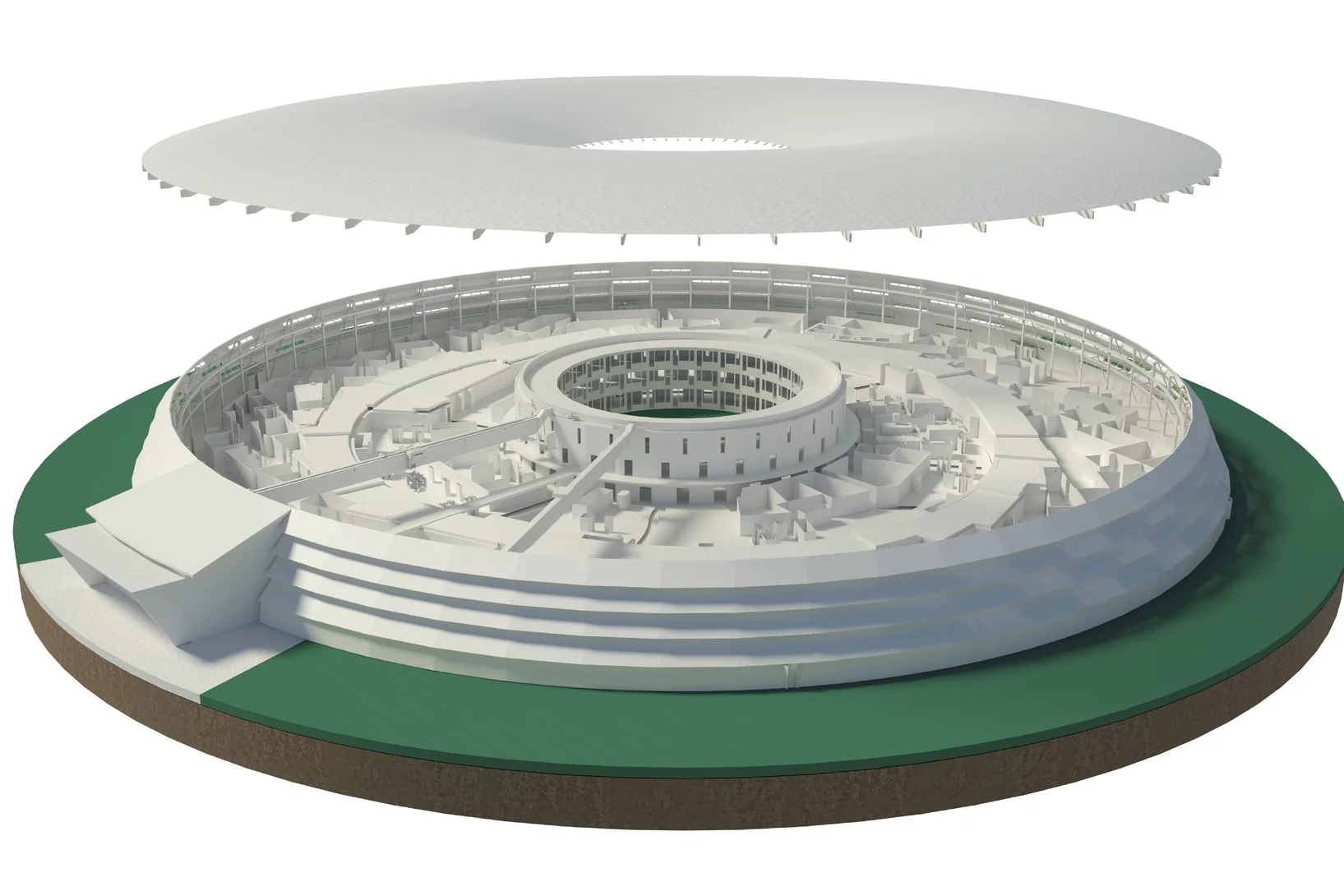Scientists at the Paul Scherrer Institute PSI are to receive two prestigious SNSF Starting Grants from the Swiss National Science Foundation (SNSF), amounting to 3.1 million Swiss francs. These will fund new projects in solid-state physics and physical chemistry.
In view of Switzerland not currently being linked to the European research and innovation programme Horizon Europe, the SNSF launched the SNSF Starting Grants 2022 on behalf of the federal government as a transitional measure. The programme’s mandate is to provide financial support for innovative research projects in Switzerland, whereby the funding tool is open to all disciplines and topics, and scientists from any country can apply. Zurab Guguchia and Kirsten Schnorr have been awarded such grants, worth 1.8 and 1.3 million Swiss francs respectively. This will enable them to set up and lead their own research teams for a period of five years, to carry out their projects in the fields of solid-state physics and physical chemistry.
Kagome lattices and superconductors
Zurab Guguchia’s project, entitled Unconventional correlated quantum phases of layered materials, will look at the quantum mechanical properties of multilayer solids. The two-dimensional structure of such materials is characterised by strong internal bonds, but they only interact weakly with neighbouring layers. This also allows the individual layers to be isolated and their unique electronic and magnetic properties to be exploited. One of the long-term goals of the project is to lay the foundations for developing new materials that might be used in quantum computers, for example.
One example that Guguchia wants to take a closer look at in the future is so-called Kagome lattices, in which atoms arrange themselves in a very specific pattern. The name is derived from the patterns in traditional Japanese bamboo baskets – a network of corner-sharing triangles. “Among other things, the unusual geometry of the atoms in Kagome lattices and the resulting behaviour of the electrons provide the basis for understanding so-called high-temperature superconductors,” explains Guguchia. Superconductors are materials whose electrical resistance drops to zero when their temperature falls below a certain level. Unlike conventional superconductors, high-temperature superconductors do not need to be cooled as far down and, depending on the material, may already become superconducting at around minus 170 instead of minus 270 degrees Celsius.
Guguchia works as a senior scientist at the PSI Laboratory for Muon Spin Spectroscopy, which uses the Swiss Muon Source SµS. This facility produces elementary particles called muons. At 500 billion muons per second, it is the most powerful source of its kind in the world. The spin – a quantum mechanical property of these particles – interacts with the material under investigation and provides information about its local magnetic properties. This in turn determines the superconducting nature of these materials. Guguchia will be able to benefit from this unique facility for his future research project too, and broadening the range of experimental parameters so as to penetrate deeper into the microscopic mechanism of superconductivity. “We want to understand how interactions can be manipulated at the Kagome level, to produce high-temperature superconductivity and novel magnetism,” says Guguchia about his future project.
Nanoparticles and X-rays
Kirsten Schnorr, lead scientist of the SwissFEL Maloja Experimental Station at PSI, is also using a unique large research facility at PSI for her project: the Swiss X-ray free-electron laser SwissFEL. This 740-metre-long machine generates extremely short X-ray pulses with the properties of a laser beam – the length of these pulses is in the femtosecond range (1 femtosecond = 0.000 000 000 001 second). They allow Schnorr and her team to observe, step by step, how the smallest building blocks of a substance separate from each other during a chemical reaction and come together to form a new substance.
Her project, entitled Ultrafast X-ray-Induced Chemistry of Solvated Nanoparticles and Molecules, aims to specifically trigger and track chemical reactions in dissolved nanoparticles. Kirsten Schnorr was inspired by cancer medicine. “A range of medical studies have shown that when certain nanoparticles are injected into cancer cells, they can significantly increase the efficiency of X-ray therapies,” explains Schnorr. However, the details of the underlying reaction mechanisms are not yet understood.
Heavy elements, such as gold, absorb X-rays much more efficiently than lighter elements. By injecting such elements into cancer cells in the form of nanoparticles, large amounts of X-ray radiation can be deposited in a targeted manner. A better understanding of the underlying chemical processes may allow to achieve treatment goals in radiotherapy with a lower radiation dose than is currently needed, or particularly radiation-resistant tumours might be attacked more effectively. “SwissFEL gives us the right tool to investigate exactly what happens in the chemical and physical interactions between nanoparticles and X-rays,” Schnorr explains.
This is achieved by dissolving the nanoparticles in a liquid and irradiating them with X-rays. The radiation leads to local bursts of highly reactive low-energy electrons, which in turn interact with their surroundings. SwissFEL provides unprecedented spatial control over this energy redistribution, on time scales down to a few femtoseconds. “New fundamental findings like these could be used to improve applications in which targeted reaction centres are important, such as radiation therapy using nanoparticles,” says Kirsten Schnorr.
The two grants have been awarded to projects that can only be carried out at a small number of research facilities around the world, such as PSI. In addition to Zurab Guguchia and Kirsten Schnorr, PSI physicist Max Zoller has also been awarded a grant of 1.7 million Swiss francs. His project is in the field of theoretical particle physics and aims to develop new methods and automated tools for calculating high-precision predictions, such as for the Large Hadron Collider at CERN. The project is being carried out both at the University of Zurich and at PSI – PSI is the co-host. Tomáš Bzdušek is also conducting research in the field of theoretical physics. His project New paradigms for topological matter: delicate, multi-gap, hyperbolic was awarded a grant of 1.7 million Swiss francs. The PSI physicist will carry out his project at the University of Zurich.
Contact
Further information
More articles on this topic
About PSI
The Paul Scherrer Institute PSI develops, builds and operates large, complex research facilities and makes them available to the national and international research community. The institute's own key research priorities are in the fields of future technologies, energy and climate, health innovation and fundamentals of nature. PSI is committed to the training of future generations. Therefore about one quarter of our staff are post-docs, post-graduates or apprentices. Altogether PSI employs 2300 people, thus being the largest research institute in Switzerland. The annual budget amounts to approximately CHF 450 million. PSI is part of the ETH Domain, with the other members being the two Swiss Federal Institutes of Technology, ETH Zurich and EPFL Lausanne, as well as Eawag (Swiss Federal Institute of Aquatic Science and Technology), Empa (Swiss Federal Laboratories for Materials Science and Technology) and WSL (Swiss Federal Institute for Forest, Snow and Landscape Research). (Last updated in June 2025)

